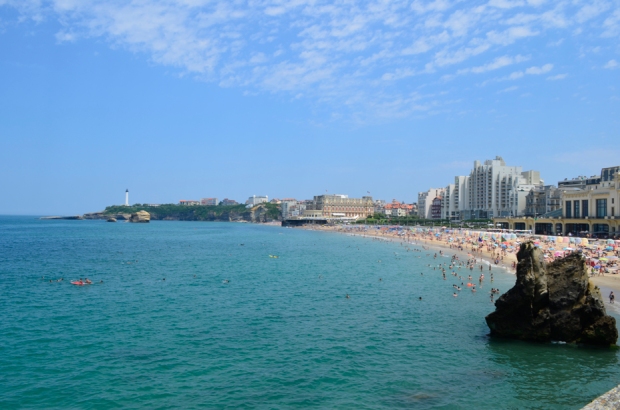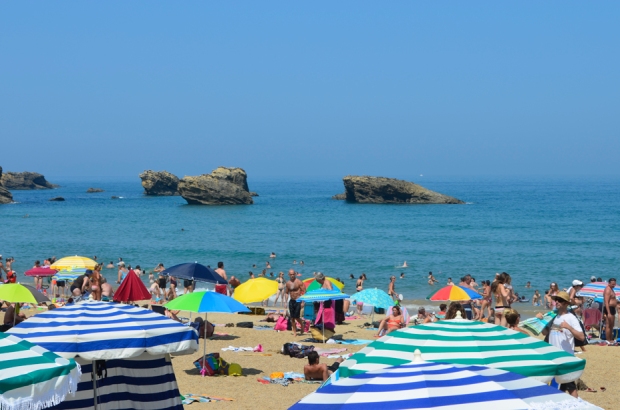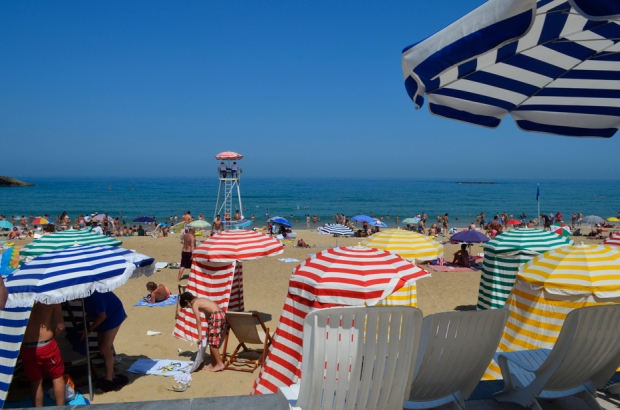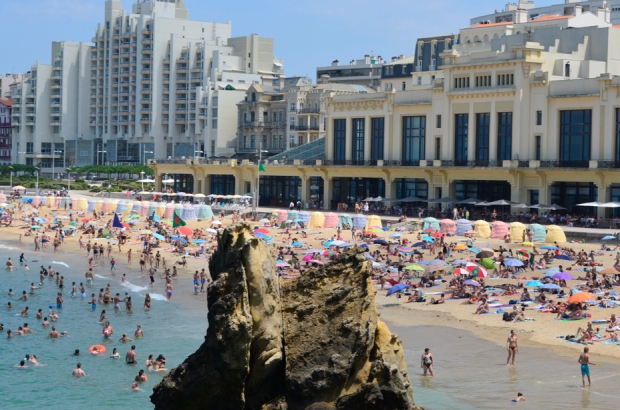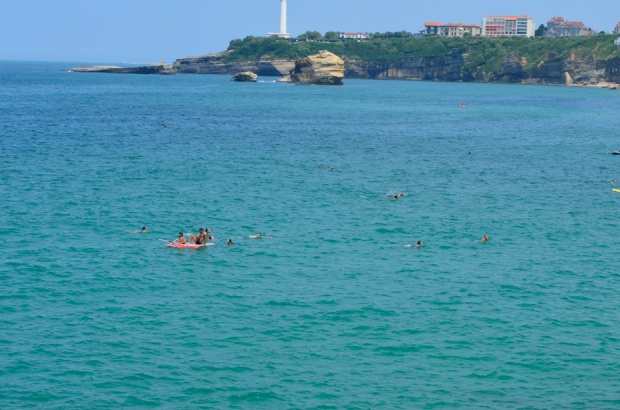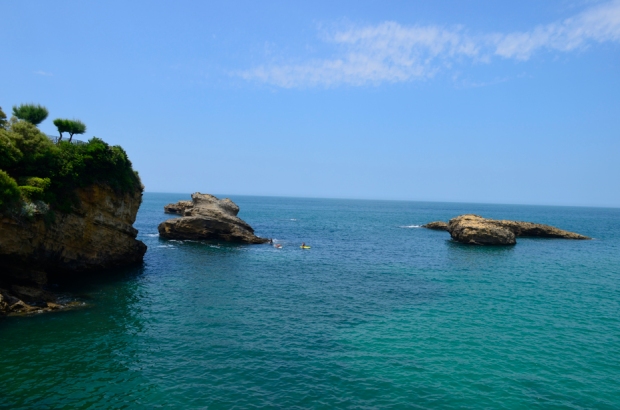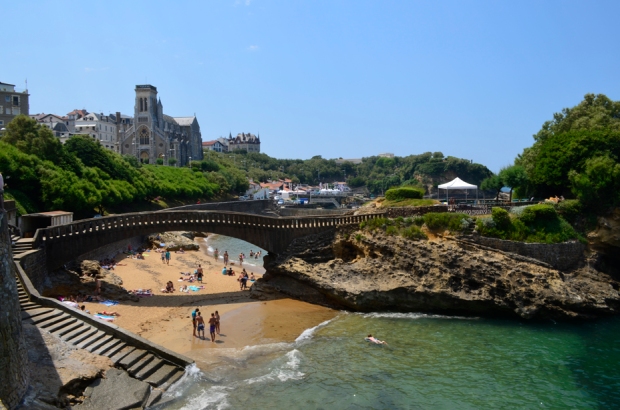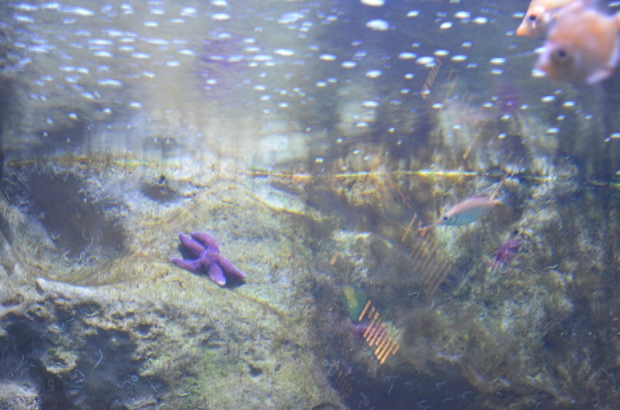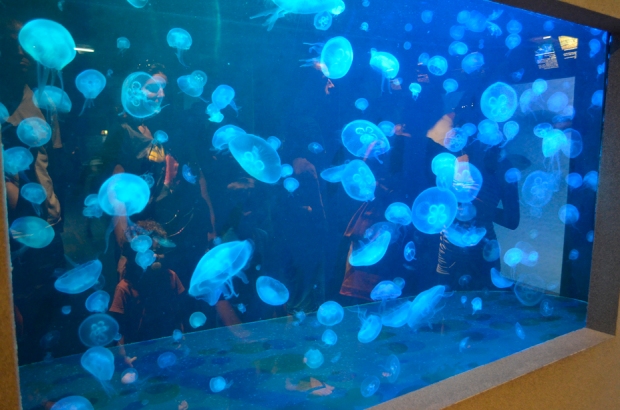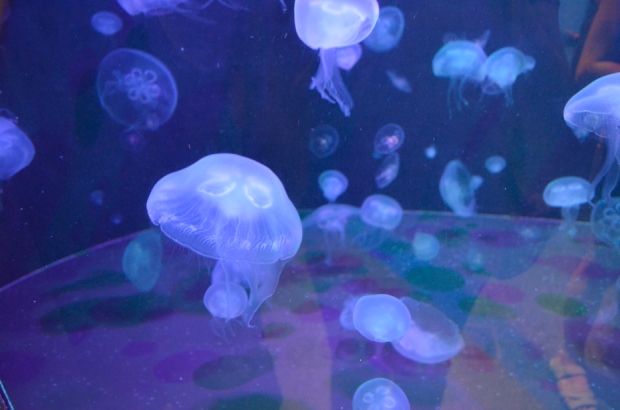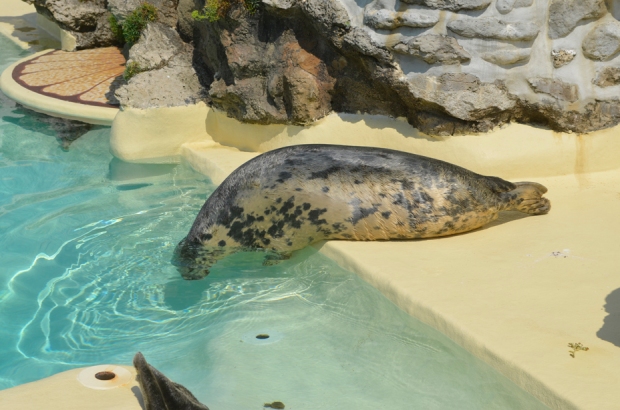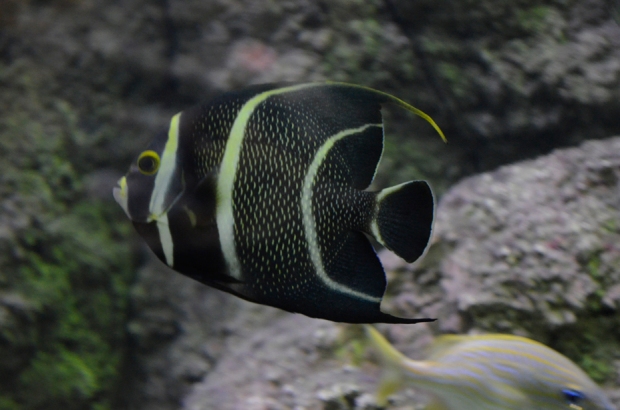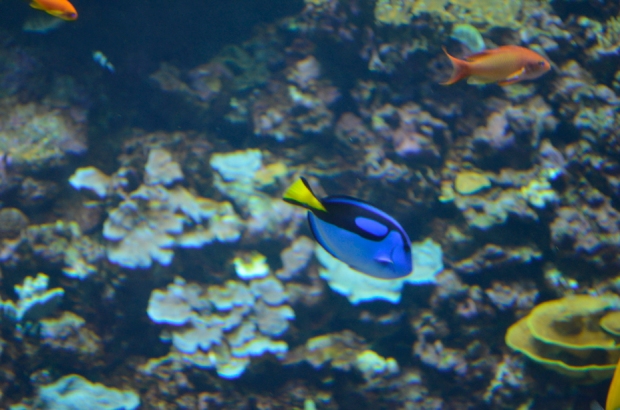 *Jersey, uma daquelas pequenas ilhas no meio do Canal da Mancha, NÃO Jersey nos states
*Jersey, uma daquelas pequenas ilhas no meio do Canal da Mancha, NÃO Jersey nos states
Há cerca de sete anos que Verão para mim significa trabalho – 100% voluntariado more like it – e é das melhores prendas que me podem dar por volta desta altura. Acho que é mesmo o meu momento zen entre os diversos anos lectivos. E trabalho aqui significa escavações arqueológicas, sem dúvida a melhor parte do meu curso/área profissional – se é que já lhe posso chamar isso -, se bem que as aulas, se forem bem dadas, também não lhe ficam nada atrás. E até ao momento não me posso queixar nada das escavações nas quais já participei – bem as mais recentes, que as primeiras, na realidade, não interessam nem ao menino jesus, #sorry not sorry -, uma vez que são algumas das mais importantes na Europa. E isto também significou nos últimos três anos ir escavar para França. Este ano tenho pena de não ir para França outra vez – mas com atentados e Euro 2016 nem sei se tinha muito interesse em ir para lá – mas a verdade é que só vou ficar ali a uns 20km de distância.
Ao longo destes anos todos já acumulei um total de 22 semanas de trabalho em escavações – se contar com as duas semanas que ainda fiz enquanto andava no Secundário – e agora vou acrescentar mais duas a esta conta. Por acaso tenho imensa pena que sejam só duas semanas, porque o tempo passa mesmo super depressa e os melhores achados encontram-se sempre nos últimos dias, mas como se costuma dizer, é melhor do que nada. E é sempre mais uma nova experiência que se ganha, é mais um sítio de trabalho para colocar no CV e mais um período novo que exploro, que ainda por cima dá sempre uns achados lindos. Pode ser que para o ano tenha direito a lá ficar as quatro semanas da campanha – *prayer circle*. E acima de tudo são mais duas semanas de campismo. A ver se desta não morro congelada à noite – que é para aprenderes a não levares só umas camisolas e calções mínimos como pijamas.
Para já a experiência tem sido interessante, no mínimo. Com o que há de bom das novas tecnologias, já deu para falar com o big boss da escavação pelo skype, e deu para ficar a saber que Jersey tem uma grande comunidade de portugueses – estou a ver que me vou sentir em casa, fora de casa. E também deu para ficar a saber que, dos vários voluntários – que até não são muitos, já que somos apenas uns míseros 12 -, aparentemente sou a que tem mais experiência. Ainda não sei muito bem como reagir a este comentário, mas sabe muito bem ouvi-lo sem dúvida. Eu sou muito do tipo de me manter no meu canto e de não dar muito nas vistas, mas acho que é desta que vou andar tipo lapa de volta dos investigadores, e quero ver se não saio de lá sem ter aprendido uma boa meia dúzia de coisas novas. E em conversa com o big boss, pode ser que ele arranje maneira de eu andar um pouco de volta do geoarqueólogo da equipa, o que seria fantástico para aprender novas coisas, já que vou entrar nesta área de investigação com o meu próximo mestrado – toda uma nova história para daqui a dois meses.
E aqui fica a pseudo-nota de que não sei se irei ter muito acesso a internet, e isto se até tiver acesso a wi-fi. Viagens de avião requerem que se leve muito pouca tralha – o que não é difícil já que a tenda ocupa o espaço todo na minha mochila de campismo, e aquela coisa ainda tem espaço para 70l, imaginemos se fosse menos -, por isso computador está fora de questão, o que significa que não vou poder vir aqui nem aos vossos cantinhos. Contudo, o blog irá continuar em pleno funcionamento, ainda que com menor frequência de posts do que é habitual. Ao invés de posts dia sim, dia não, vão ser publicados apenas de três em três dias durante as próximas semanitas. Assim, até daqui a uns dias!
































